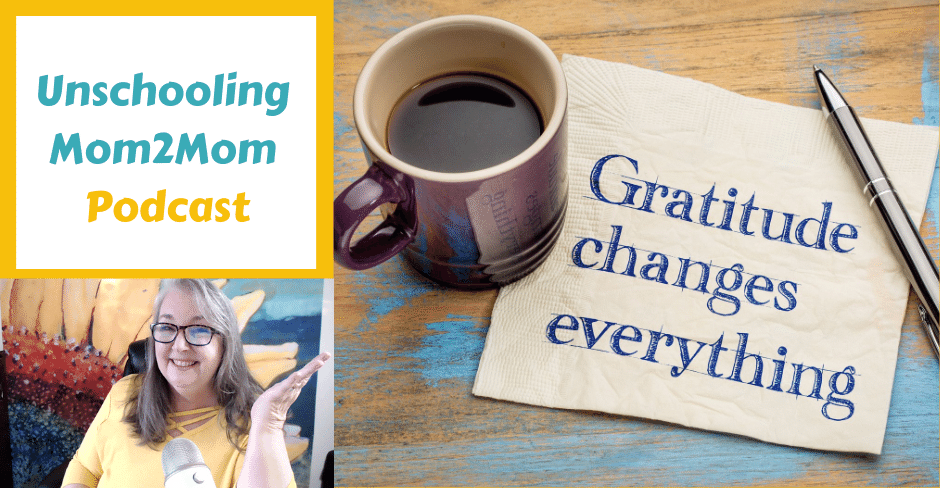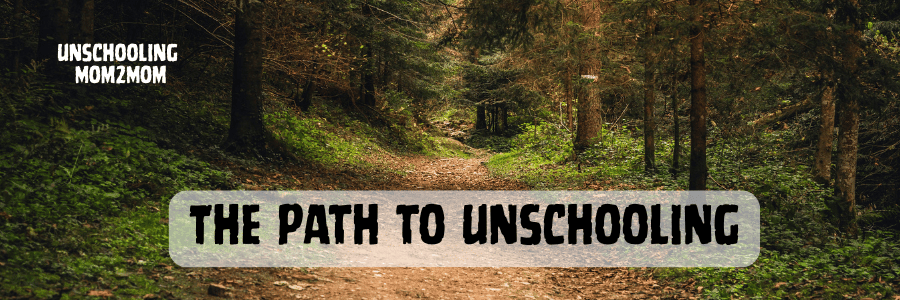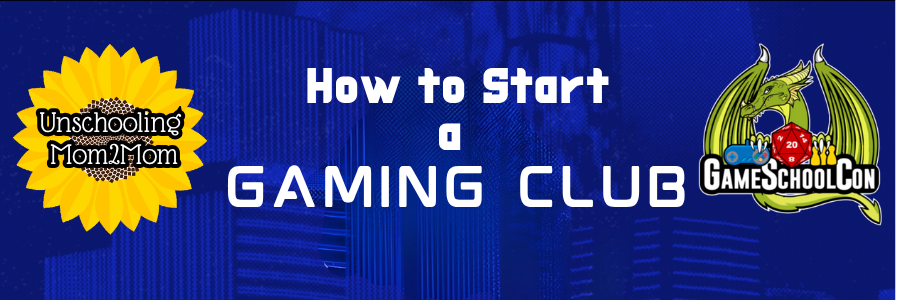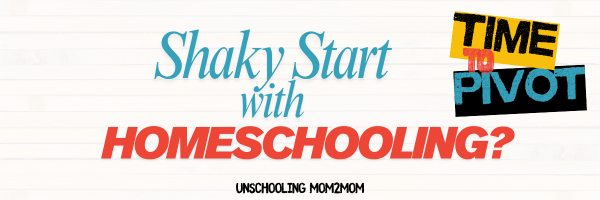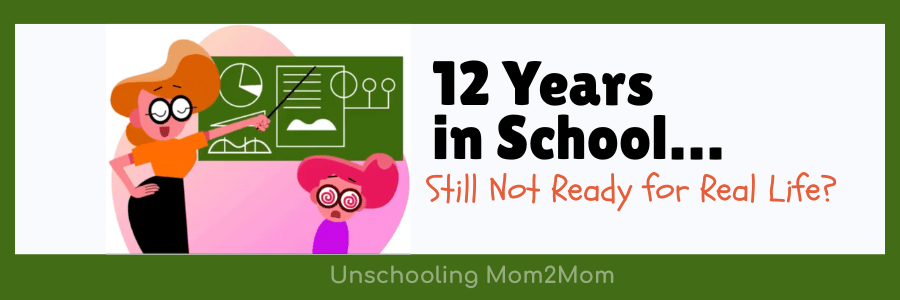Is Play Enough? What Legos, Trampolines & Video Games Teach Us About Learning
- What decompression and deschooling look like
- Why motivation returns naturally
- How play builds creativity, problem-solving, and confidence
- Ways to support learning through partnership, not pressure
Podcast Transcript:
Coming up today:
What if your child just plays all day — Legos, trampolines, or video games — and you start to wonder if you’re doing enough?
We’ll talk about what’s really happening there — and how to find calm and confidence again.
I’m Sue Patterson and this is the Unschooling Mom2Mom podcast. I’m here bringing weekly unschooling peptalks so you can see how unschooling works. My own grown unschoolers are now all in their 30s and I’ve circled back to offer a little reassurance! They got into college, own homes, have families - all the things we worry about, right? Unschooling didn’t close doors - in fact, it opened them.
People helped me figure out how to do this, and now I want to do that for you!
So whether you’re listening on a podcast platform or watching the
video version at YouTube, I’m glad you’re here! Take a second and click subscribe, give it a few stars, like or comment - all those things help way more than you probably realize!
And...just a quick heads-up
— my Black Friday sale has officially started!
You can get anywhere from 20–70% off
guides, courses, and membership!

So today I want to share part of an email I received that really captures what so many parents feel when they first start unschooling.
This mom wrote after pulling her third-grader out of private school. She said homeschooling just wasn’t working the way she’d hoped — and then she stumbled onto one of my YouTube videos and started wondering about unschooling.
Her story probably sounds familiar to a lot of you.
She said:
“So far, most of this concept makes total sense...
but what if all my kid wants is to play Legos or jump on the trampoline all day?”
Let’s talk about that.
The Big Fear
It really
does make sense, doesn’t it?
Her story is like thousands of others — we all start out thinking learning should look a certain way... and then life (and our kids) show us something different.
So what about the kid who just plays?
Here’s what I told her — and what I want you to know too:
It doesn’t really stay that way forever.
They may do it a
lot at first, but as they come to the idea of having say over their own life, they don’t cling to it so tightly anymore.
It’s kind of like the rubber-band effect.
After being controlled for so long — school schedules, rules, expectations — they finally get some freedom, and they stretch it all the way out.
And then, over time, the tension eases.
They loosen their grip. They open up to new ideas again.
So if your child seems to just want Legos or trampolines right now — take a deep breath.
This is part of deschooling. It’s healing, it’s decompressing, it’s
rebalancing.
Partnership, Not Passivity
The next thing she asked was,
“Do I just wait until the Lego and trampoline period is over?”
And I said — this is where unschooling gets misunderstood.
It’s not about sitting back and waiting. It’s not hands-off.
It’s about partnership.
It’s watching. Noticing. Seeing what they’re drawn to — enjoying that they’re enjoying it!
And, if you can see bridge to something YOU know about that they might like, because it’s kind of “adjacent” to what they’re enjoying now, you mention it. Bridges getting built.
We have stories in our heads about what
we think is best.
Unschooling asks us to slow down, collect some data through observation, and then make little suggestions that are close to what already lights them up.
If they’re deep in Lego, maybe it’s:
“Hey, want to see how this bridge really works?”
Or pulling up an architecture video, or talking about the tallest building in your city.
If it’s trampolines, maybe it’s movement, rhythm, physics, or even music — whatever’s nearby.
It’s not orchestrating. It’s joining.
Sometimes it’s just a wink, or refilling their water, or baking a favorite snack while they play.
You don’t have to
play Legos to be engaged.
You just have to
show up in ways that tell them,
“I see you. I value what matters to you.”
____________________________________________
💛 Quick pause for a little reminder — since we’re talking about confidence and connection…
My
Creating Confidence Membership is open right now, and I’ve opened the
Black Friday sale early— 20% off monthly or 56% off the annual plan.
Inside, we talk through questions just like this every single week — what to do when things look “off,” how to trust learning again, and how to make unschooling feel calm and doable.
You don’t have to figure this out alone.
So if you’ve been thinking about joining, now really is the best time!
You can find all the details at unschoolingmom2mom.com/black-friday.
________________________________________________
When Fear Gets Loud
And then came the part I think every parent feels at some point.
She said,
“I’m afraid my strong-willed boy will just keep doing what he wants — that he’ll grow up lazy, or unmotivated. I see so many young men like that, and I don’t want that for him.”
And...she’s not wrong to care about that.
But when you look closely, you can see how fear starts layering story on top of story.
We imagine this whole domino effect — a Lego-playing 8-year-old turns into a lost adult — and suddenly we’re spiraling.
So I told her:
Let’s come from a
different assumption.
- What if he becomes someone who really knows himself and doesn’t have to be constantly told what to do?
- What if that self-knowledge builds confidence — the kind that lets him pursue what matters to him?
- And what if he learns cooperation because his childhood was filled with listening and partnering, not control and domination?
That’s what we’re building here — not disobedience or indulgence — but internal strength.
Reframing the Challenge
Sometimes parents say,
“But don’t kids need to be challenged from the outside, too?”
Of course! But those challenges come naturally — through friendships, projects, obstacles, life itself.
You won’t deprive your child by giving them space.
You’ll simply change the kind of challenges they face — from
compliance to
curiosity.
That’s where the real learning happens.
So instead of rushing to “fix” the Lego or trampoline phase, use it as data.
Notice what draws them in.
That’s where their motivation lives.
Pivot instead of Panic
So if you’re in this stage right now — where your child just seems to play —don’t panic.
It’s not a problem to solve.
It’s an invitation to observe, connect, and rebuild trust.
Your role is shifting from teacher to partner.
You’ll see learning bloom again — in its own time.
And if you need help figuring out what that actually looks like — check out my
Unschooling 101course.
It’ll walk you through the steps to make this transition feel doable and calm. (Use the
discount code: BF2025)
Or come join me inside the Creating Confidence Membership — that’s where we talk about this stuff in real time, every week.
You’ve got this.
Enjoy the adventure — and go refill that Lego bin. 😉


